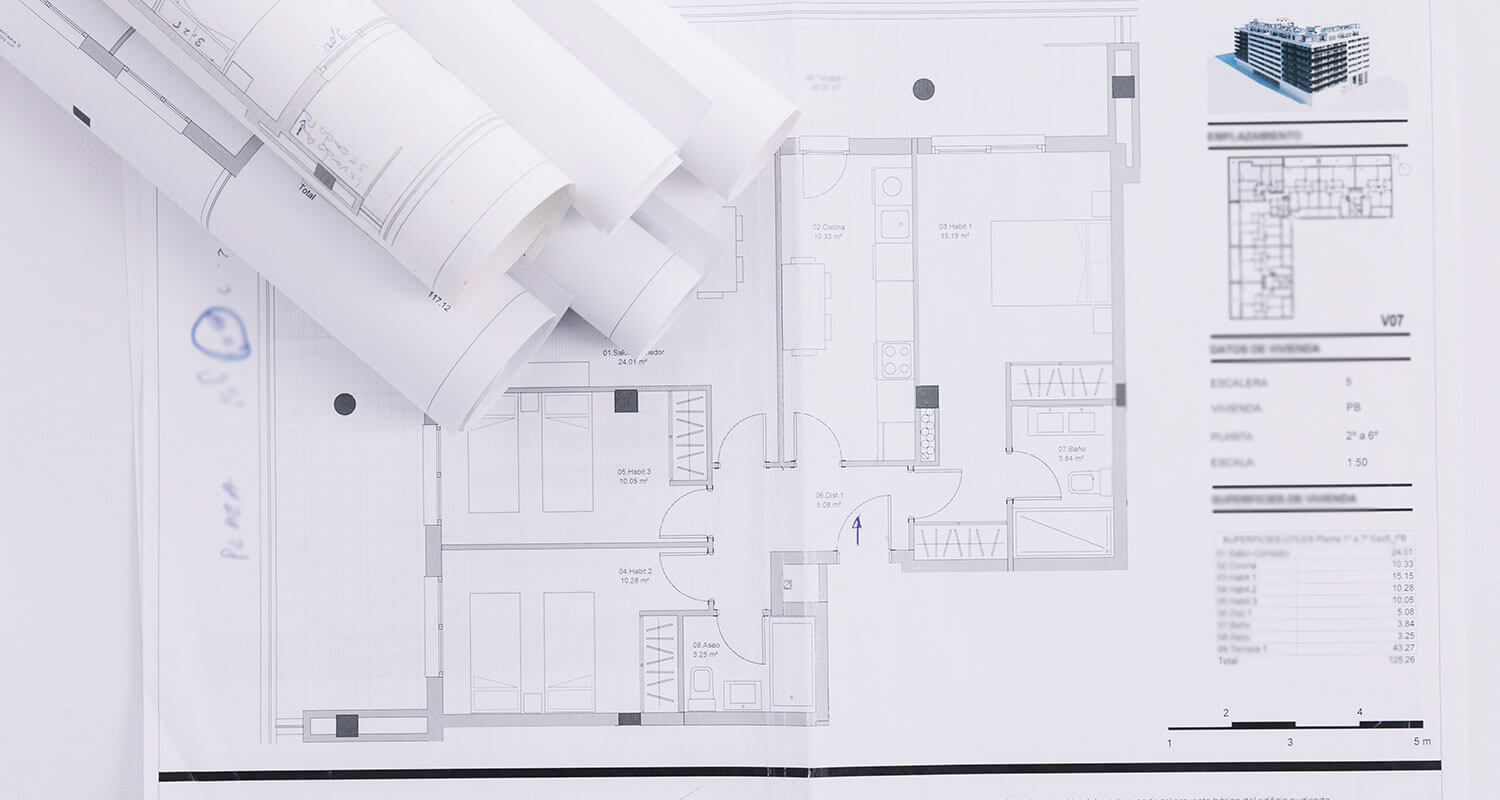Welcome to an overview of the frequently unfamiliar world of real estate, where “FSI” seems to remain around like an unsolvable problem. We want to make the Floor Space Index (FSI) easier to understand for developers and property owners like you who are negotiating the ever-changing building and development scene.
A. Explaining the Floor Space Index (FSI)
Let us begin by studying every aspect of FSI’s depth. Think of FSI as your personal tour guide through the vast world of real estate. Put more simply, the Floor Space Index is a metric that establishes the maximum amount of construction that may be done on a specific plot of land. It’s similar to having a blueprint outlining the boundaries and potential of your development goals.
Consider FSI to be the writer of your property, telling you the amount of construction that is allowed on the surface of your land without falling into technical. So, knowing FSI is essential to realizing the maximum potential of your real estate ventures, regardless of your level of experience as a developer or as a first-time property owner.
B. The Importance of FSI Knowledge for Developers and Property Owners
You may be asking yourself, “Why should I bother understanding this FSI thing?” at this point. So pull a place to sit, because I’ll explain why FSI isn’t simply another term in the world of real estate.
-
Getting Around the Property Landscape
Consider FSI to be your brick-and-mortar global compass. It walks you through the options for improving your property. By showing where and how high you can build the FSI magical tool helps in your ability to see your land’s potential.
-
Expense Factors
Let’s discuss money. A major factor in deciding construction costs is FSI. Understanding your FSI can help you estimate the financial picture of your project and make sure you don’t go over budget. It’s like having a budget plan.
-
Law Compliance
When it comes to the law, ignorance is not good. As your legal partner, FSI makes sure your construction stays within the bounds established by regional laws. Gaining an understanding of FSI maintains your project legal with the law and helps you avoid legal difficulties.
-
Effect on the Value of Properties
The way you use the space inside your property adds value to its overall value, regardless of its size. FSI directly affects your property’s market value. Utilizing FSI wisely can be the key to raising the overall appeal of your property.
-
Improving Judgment Making
When you have FSI information, you become more than just an observer; you become a decision-maker. Whether you’re thinking about starting a business or building a new house, knowing FSI enables you to make decisions that are in line with your vision and goals.
C. What is FSI?
1. FSI Definition
let’s study it in more detail. The Floor Space Index, or FSI, is the equivalent of the real estate industry’s superhero. In short, it provides you with the number, which is the ratio of your building’s entire floor space to the total area of the land it is situated on.
The key to figuring out how much room you have to design your architectural masterpiece is to know the FSI.
2. FSI within the Indian Framework
Let’s now add a few Indian tips to the FSI. In our evolving nation, FSI is not a universally applicable notion. It moves to the go of the local government and its own set of regulations. FSI laws may vary throughout cities and regions due to a variety of reasons, including infrastructure, population density, and urban planning objectives.
Therefore, the rhythm of your FSI dance may change from someone in Bengaluru or Chennai if you’re in Mumbai or Delhi. The FSI story of each city is different and incorporates regional characteristics into the larger picture of urban development.
3. Full Form and Significance of FSI
Although the term “FSI” may sound confusing to you, don’t worry; we’re here to explain it. Floor Space Index is the full name of the index, and despite appearances, it has greater significance.
Consider FSI to be the architect’s compass, helping them to navigate the complex process of space design. The regulator maintains the proper ratio of open space to built area, enabling communities to expand in an orderly and sustainable way.
FSI is a significant factor that shapes your goals for a piece of real estate and is not just a statistic in your real estate journey. Gaining an understanding of FSI allows you to plan your project as if you were a backstage guest at the construction concert.
How Is the FSI Calculated?
A. FSI Calculation Basic Formula
Now, FSI may seem like a difficult math issue, but don’t worry—we’re going to make it easier. Consider calculating FSI as similar to assembling your favorite food recipe.
The fundamental equation is:
FSI=Total Land Area
Total Floor Area
To put it another way, it’s similar to calculating how much cake you can make with the components you already have. Your kitchen is the Total Land Area, and your cake is the Total Floor Area. The FSI indicates how many cakes you can prepare in each area.
B. Components Considered in the Calculation
Let’s now take a look inside the FSI kitchen to find out what components are used in this recipe:
The built-up area:
the total area of your building is the entire area of all the floors, including the living areas, hallways, and other areas that have been built.
Total Land amount:
The total amount of the land you plan to construct, including any parking lots, open spaces, and even the small garden you want to create.
In summary, FSI considers the structure itself as well as the area in which it is being constructed. Balance in the construction industry is guaranteed by the earth and the structure together.
C. Illustrative Examples for Better Understanding
The Cottage with One Story:
Your FSI would be 0.5 if you had 100 square meters of land and you wanted to construct a small, one-story dwelling that occupied 50 square meters.
Why? Due to
FSI= 100
50
=0.5. You’re using half of your land for the cottage.
Importance of FSI in Real Estate
A. Impact on Property Development
The size and scope of your project are affected by your understanding of FSI. A higher FSI gives you greater creative freedom, enabling you to build vertically and develop the full potential of your land. On the other hand, a lower FSI may require more thoughtful and compact designs. Thus, think of FSI as your reliable guide as you start your property development journey—it will help you shape your architectural goals from beginning to end up.
B. Government Regulations and FSI Limits
Recognizing and following these boundaries is a calculated decision rather than simply a legal formality. Regulations from the government make sure that growth follows the city’s overall plan. Consider the FSI restrictions as the parameters that will allow your architectural work of art to grow and blend in with the rest of the city.
C. Balancing FSI with Architectural Design
Under the limitations of FSI, architectural creativity frequently develops. It pushes designers to use their imaginations and use every square meter for both practicality and beauty. Allow FSI to be your sparring partner as you sketch out your ideal structure, assisting you in creating experiences rather than just spaces.























